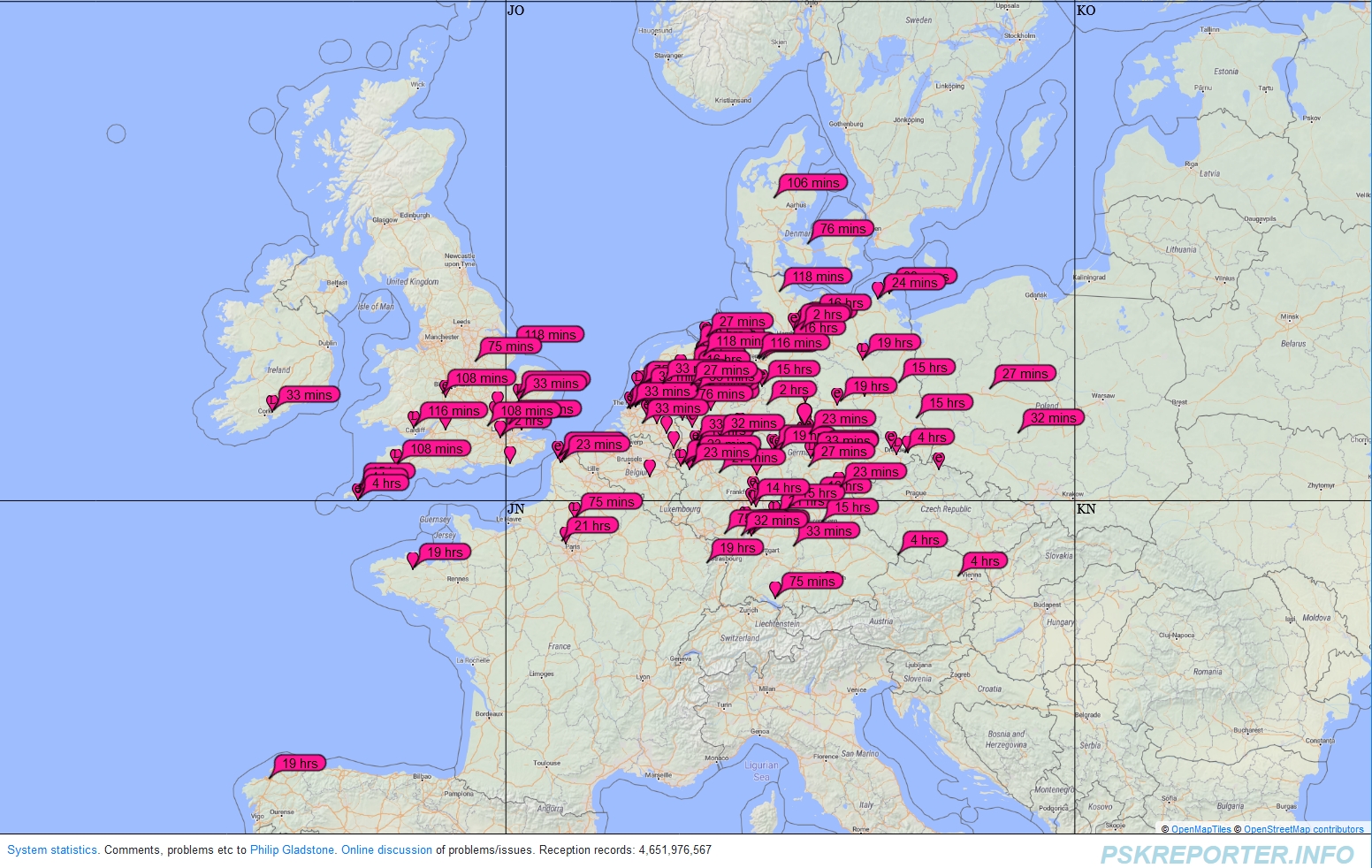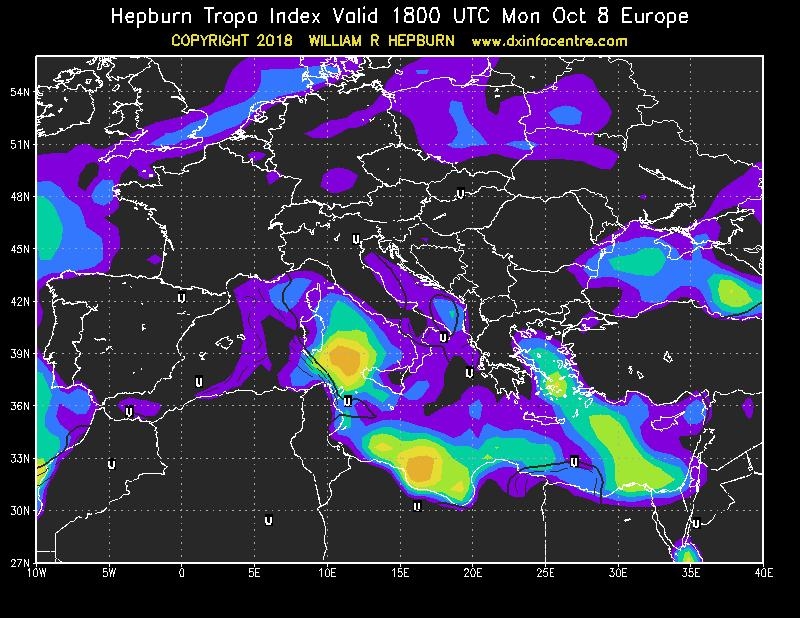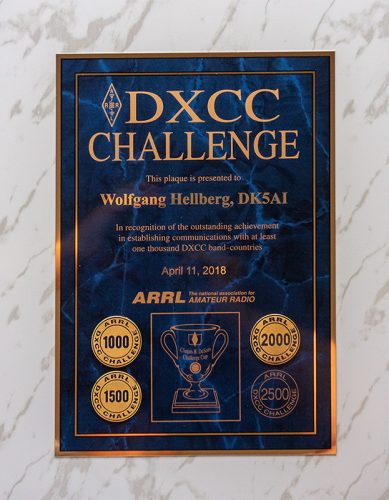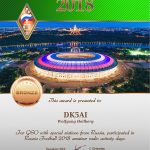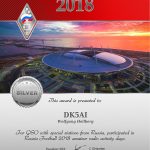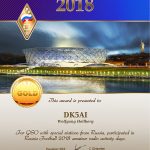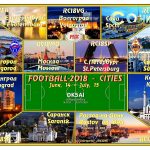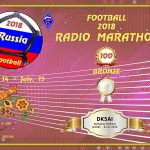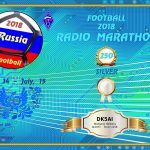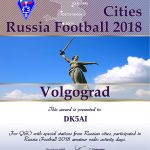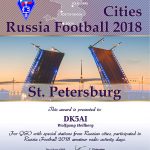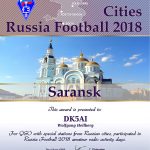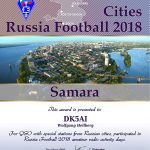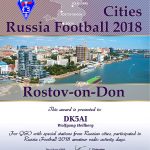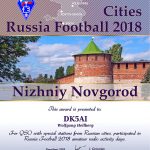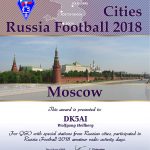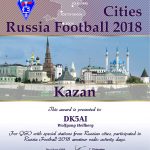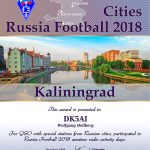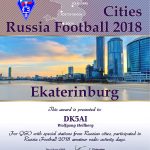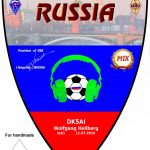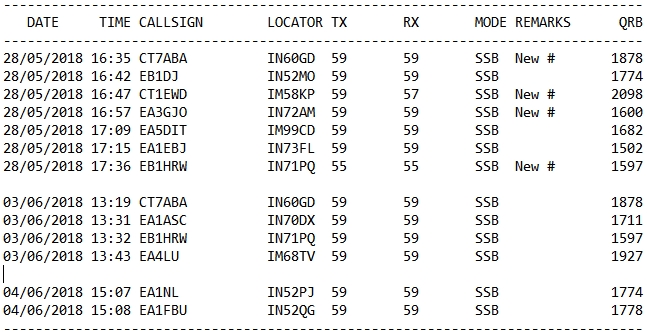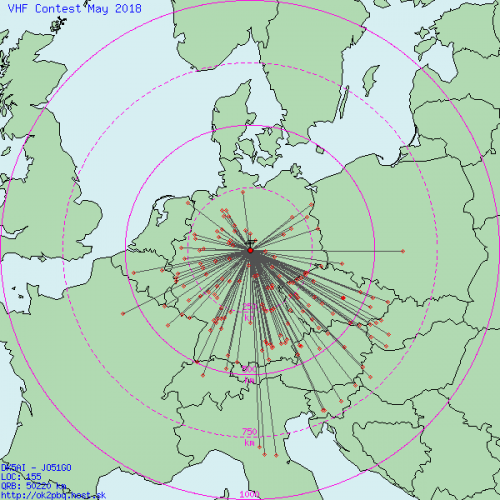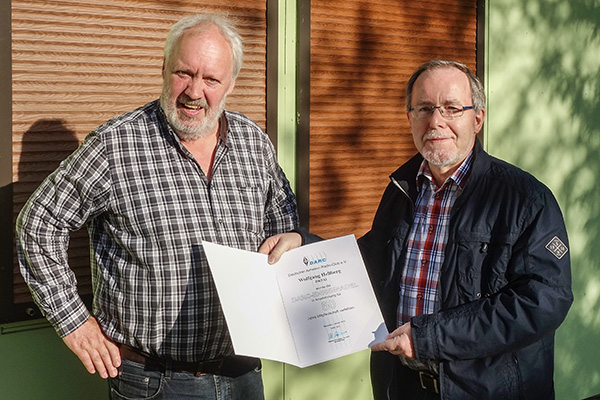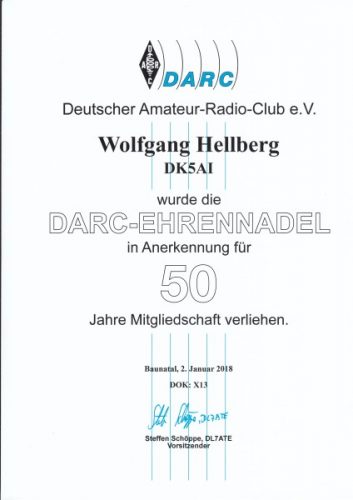Amateur Radio On the International Space Station (ARISS) has organized another Slow Scan TV event scheduled to start October 27 about 10:00 UTC and end October 29 around 19:30 UTC with a series of 12 pictures.
The following images were decoded on October 29, 2018 with the MMSSTV software on 145.800 MHz, Mode PD120. More information about amateur radio on the ISS can be found on the ARISS website.
The ARISS team in Poland has made available a special reception certificate for radio enthusiasts that participant in this ARISS SSTV Event. Directions on how to receive the certificate can be found here.

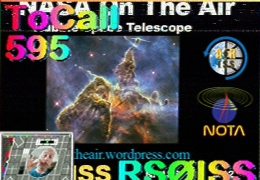
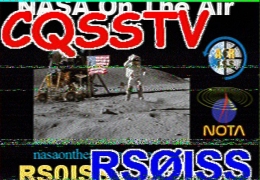
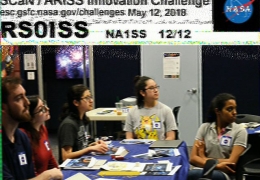
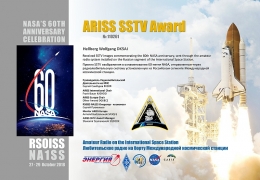
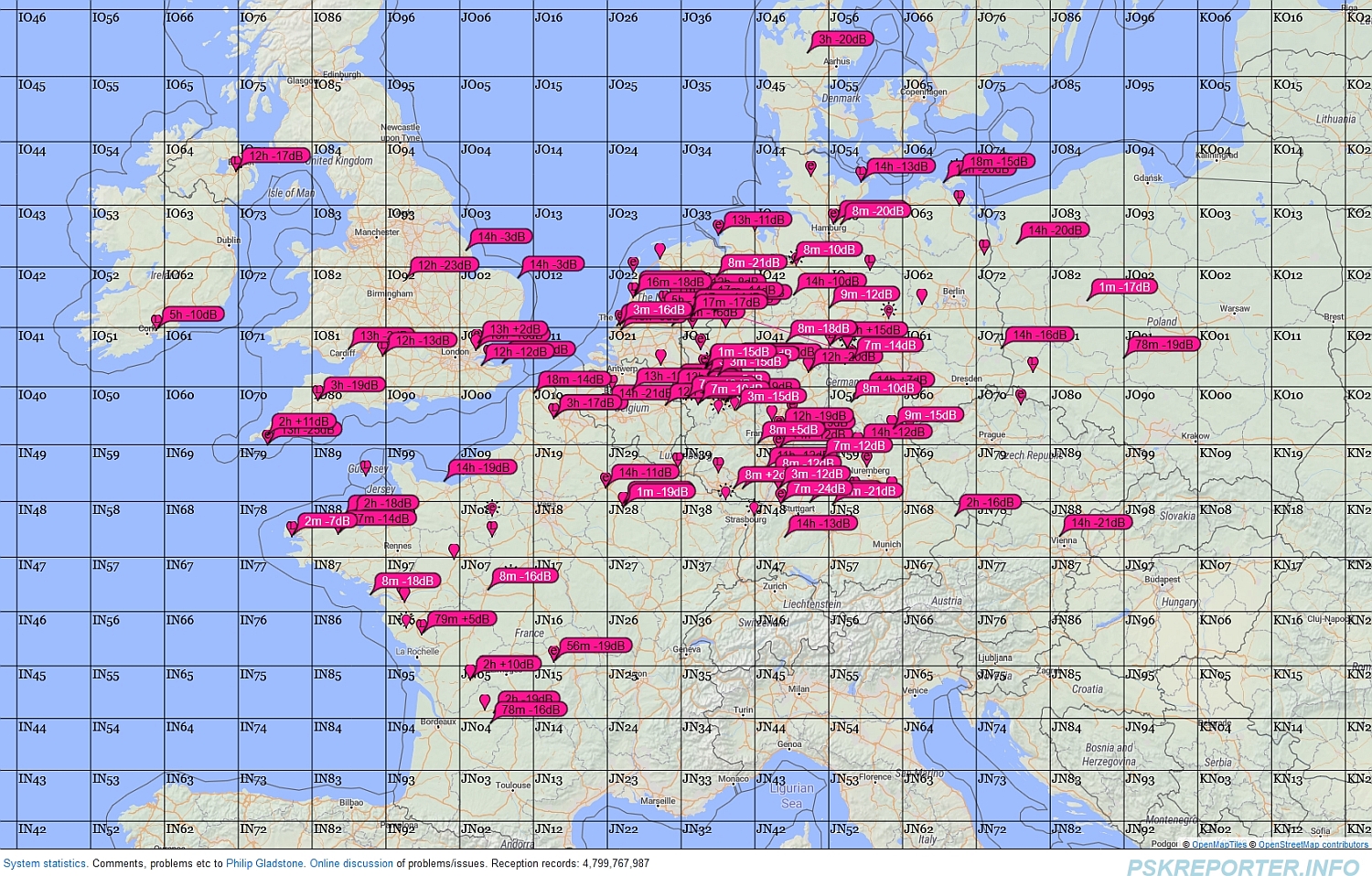
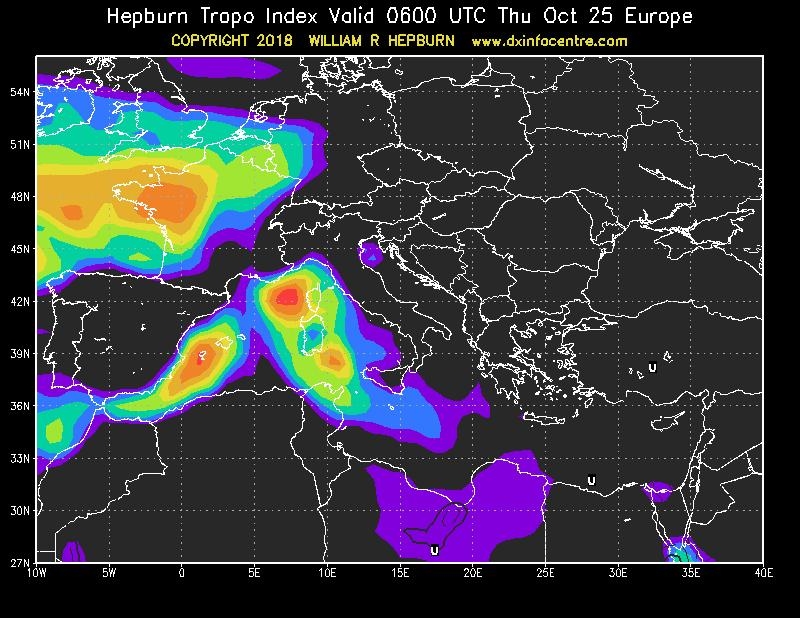
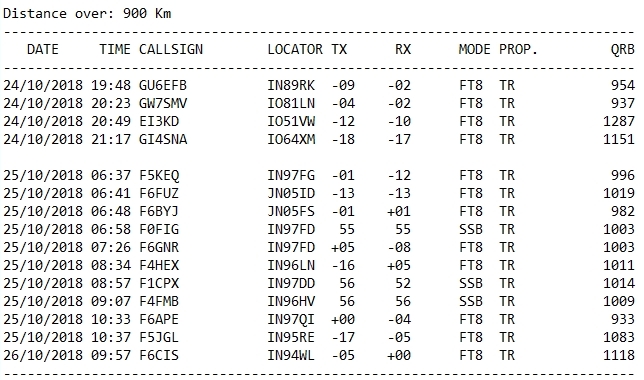
 Today K1JT, Prof. Dr. Joe Taylor, Nobel Prize Winner and father of the WSJT Software Package, showed up on 17m in FT8 mode. It was just a short and “digital” contact but very glad to meet this great personality and Radio Amateur on the band.
Today K1JT, Prof. Dr. Joe Taylor, Nobel Prize Winner and father of the WSJT Software Package, showed up on 17m in FT8 mode. It was just a short and “digital” contact but very glad to meet this great personality and Radio Amateur on the band.